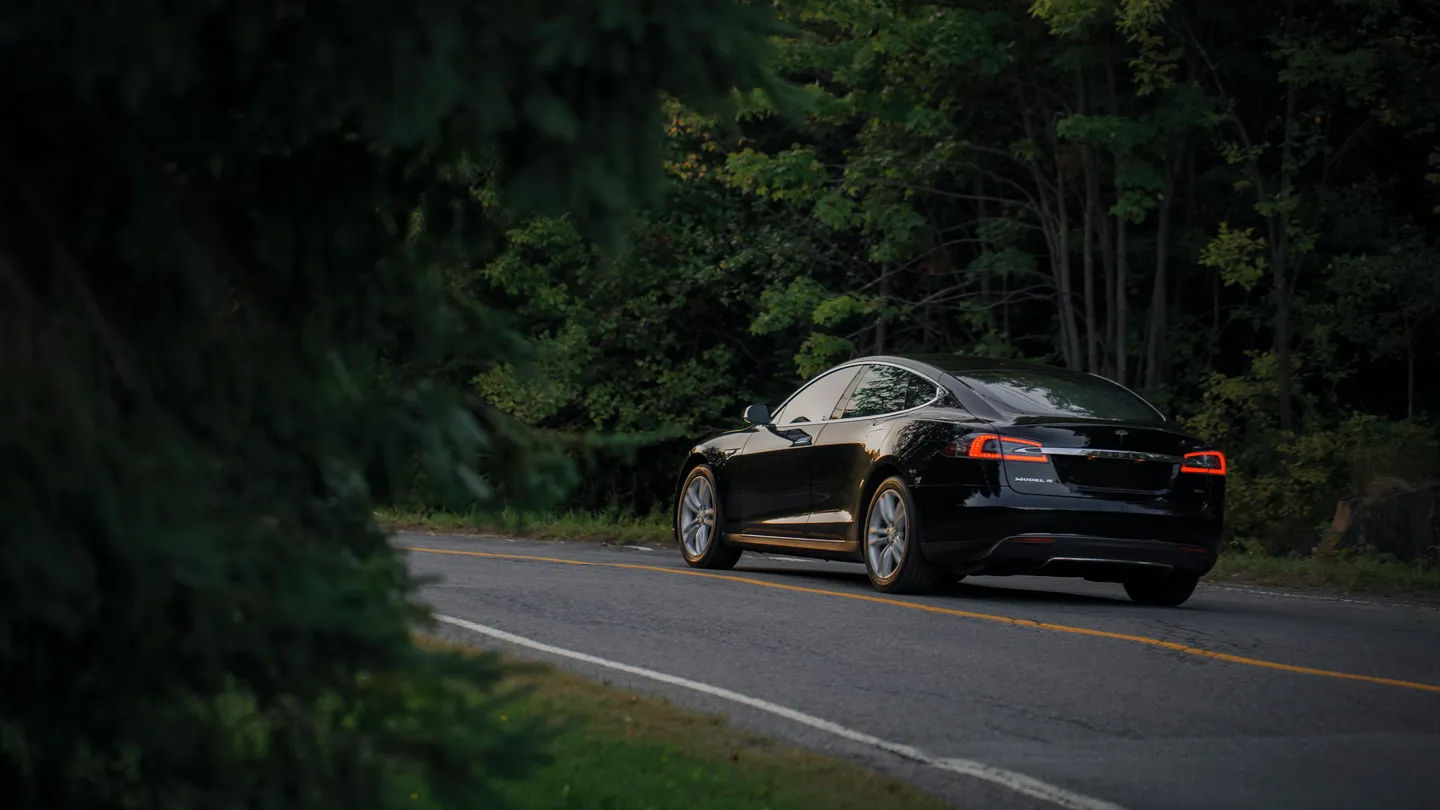Electric Cars are the Future of Rural Commuting
The rising popularity of electric cars (EVs) has begun a new era in transportation, promising a more sustainable future. As urban areas have started to embrace this technology, rural regions are also rising to see the potential benefits of electric vehicles.
The Appeal of Electric Cars in Rural Areas
Electric vehicles (EVs) are increasingly recognized for their potential to transform rural commuting. One of their appeal is the ability to reduce greenhouse gas emissions significantly. This is particularly relevant in rural areas where preserving natural landscapes and clean air is paramount.
Electric cars represent more than just a technological shift; they are a vital tool in preserving the rural environment we cherish, reducing emissions substantially compared to gasoline vehicles.
Moreover, the economic aspect of EVs is hard to overlook, especially in the context of rural commuting. Rural residents often face the burden of longer commutes, leading to higher fuel expenses. Electric vehicles, in this scenario, offer a rescue. The operating cost per mile for an electric car is considerably lower than that of a gasoline-powered vehicle. The rising prices of petrol further amplify this cost-effectiveness.
For example, according to Octopus Energy (UK):
Drivers on Intelligent Octopus Go can run their electric cars for an average of 2.5p per mile — nearly 90% cheaper per mile than a petrol car.
This level of saving cannot be ignored!
These factors combined – environmental benefits, economic savings, and technological advancements – make electric cars an increasingly attractive option for rural residents.
They align well with the values and practical needs of those outside urban centres, offering a promising glimpse into the future of rural transportation.
Challenges to Adoption in Rural Areas
Despite the growing appeal of electric vehicles in rural areas, several challenges hinder their widespread adoption.
A primary obstacle is the need for more charging infrastructure. Rural regions often need these facilities compared to urban areas, where charging stations are becoming more common. This scarcity of public charging options can significantly deter potential EV owners living in more remote locations, where the nearest charging station might be miles away.
Another concern specific to rural EV adoption is the issue of range anxiety. While advancements in battery technology have extended the driving range of electric vehicles, the fear of running out of charge on long, rural commutes remains a barrier. This anxiety is compounded by the sparse charging infrastructure, making long-distance travel in rural areas a concern for potential EV users.
The initial cost of purchasing an EV is higher than that of a conventional gasoline-powered vehicle. This higher upfront cost can be prohibitive in rural areas, where access to financial incentives or subsidies for electric cars might be limited.
Additionally, some might have concerns about EVs’ long-term maintenance and reliability, given the fewer service centres and technicians familiar with these vehicles in their localities.
These challenges – from infrastructural gaps and range anxiety to economic barriers – highlight the need for targeted strategies and policies to encourage the adoption of electric vehicles in rural communities.
Navigating Towards a Solution
Addressing the challenges that impede the adoption of electric vehicles (EVs) in rural areas requires a multi-faceted approach. A critical step in this direction is enhancing the charging infrastructure. This involves increasing the number of public charging stations and ensuring that they are strategically located to serve rural drivers effectively.
Incentivizing local businesses and community centres to host charging points can play a pivotal role in expanding this network. Governments and private enterprises could also collaborate to develop innovative solutions, such as mobile or solar-powered charging stations, which can be particularly beneficial in remote areas.
Educational initiatives are also vital in boosting EV adoption. Many potential users may need to be fully aware of the recent advancements in electric vehicle technology, particularly regarding improved battery life and range.
Financial strategies are equally important. Tailoring financial incentives and subsidies to cater to the unique needs of rural residents can make electric vehicles more accessible. This could include grants for purchasing EVs, tax rebates, or financial assistance for installing home charging stations. Such incentives help mitigate the higher upfront costs of electric vehicles, making them a more feasible option for rural households.
The transition to electric vehicles in rural areas can be significantly smoothed through these concerted efforts – enhancing infrastructure, educating the public, providing financial incentives, and building a solid support network. These strategies address the immediate barriers and lay the groundwork for a sustainable and inclusive future in rural transportation.
In conclusion, electric vehicles (EVs) stand at the forefront of transforming rural commuting, heralding a future that is both sustainable and efficient. The shift towards EVs in rural areas is underpinned by their environmental benefits, economic viability, and technological advancements, aligning well with the needs and values of rural communities. However, the transition has its challenges. Addressing issues such as limited charging infrastructure, range anxiety, and the higher upfront costs of EVs is essential for their wider acceptance.
Electric vehicles are more than just an alternative to traditional fuel-powered cars; they represent a shift towards a cleaner, more cost-effective, and forward-thinking approach to rural transportation. By acknowledging and proactively addressing the current barriers, we can ensure that electric vehicles become a feasible option and the preferred choice for rural commuting. The future of rural transportation is electric, and with collective effort and strategic planning, this future can be realized sooner than we might think.

